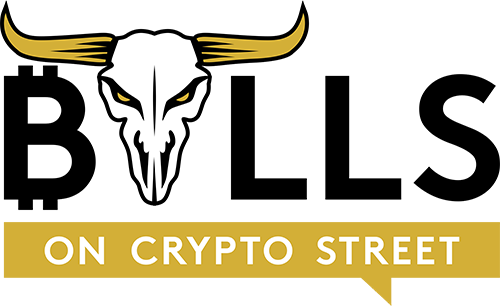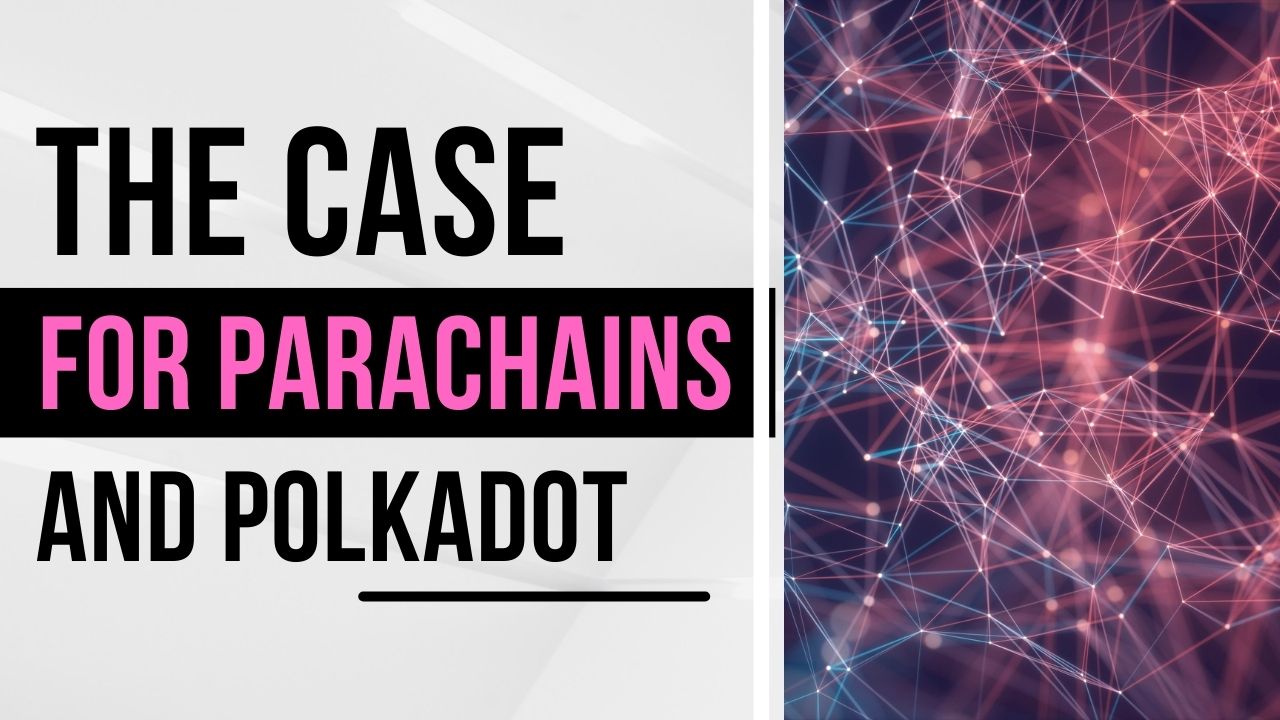Parachains are fairly new innovations that are available on a few networks like Polkadot and Kusama. The aforementioned networks are designed to solve the scalability issues noticed in the notable smart contract chain, Ethereum. Almost every blockchain that came after Ethereum is designed to solve its pain points. Parachains are not common elements in most blockchains, hence, they are customized by the different networks that use them for different use cases. Usually, they are connected to the Relay Chain, which acts as the main architecture of the Kusama and Polkadot networks. Polkadot and Kusama have a Relay Chain that acts as the consensus mechanism, oversees the security of the ecosystems, and ensures that transactions are verified.
A core aspect of parachains is its fast and cheaper transactions. Unlike Ethereum which is plagued with congestion, which has degenerated into slower transaction speed and higher gas fees, transactions on a parachain enjoy fast and cheap transactions. In the development of this technology, developers can design to create truly private blockchains that do not allow the public to have access to transaction records of any address on the ecosystem.
Anyone can decide to run a parachain on any of the aforementioned networks, as long as they meet the criteria and participate in a parachain auction.
What is a Parachain Auction?
This type of auctions are held on Polkadot and Kusama Relay Chain which decides on the network that is linked to a parachain slot. During the auction, different platforms based on the network are allowed to be a part of the bidding process on the relay chain.
Parachain auctions mimic the permissionless candle auction style that was used in the medieval era, where people bid on ships. The person with the highest bid when the flame goes out is considered as the winner. In the Parachain auction, the system will choose a random time to end the bid, and the project with the highest pledged amount is crowned the winner. In both networks, projects have to consider the slot period and bid amount during the auction. To bid for Kusama, a project needs KSM and to bid for parachains on Polkadot, the project requires DOT. Though there is an official time that the auction is expected to end, the usage of candle auction captures a random snapshot within the period that determines which project won.
Before any project can build their innovation on either Polkadot or Kusama, they need a parachain slot which they have to bid for in an auction. The design of the auction is structured to allow different projects to participate in an equitable manner, instead of giving slots only to those with the highest funding.
In a parachain auction, community members can decide to vote on the project that they feel should earn a parachain slot. To do this, they have to bind their DOT or KSM. The different projects may decide to reward those that bind in their favor with different perks like an airdrop.
Parachain slot auctions are different from ICOs because those that participate in the former may receive airdropped tokens without necessarily transferring the control of the DOT or KSM tokens that they bound to the network. They can have access to their tokens once the auction ends, especially if the project of their choice loses.
If a project wins and their slot expires, the bound tokens are returned to their original holders. This is not possible in an ICO. ICOs involve the project team accessing the tokens from investors, while they use the funds as they deem fit.
How does a Parachain work?
Parachains are designed to allow developers to build their independent blockchains on them. This means that they can customize the governance system, transaction fees, mining rewards, block times and much more. It is unlike other networks that force developers to use a single string of parameters.
Not minding that parachains are independent, they still depend on Kusama and Polkadot for security and the Relay Chain. They must follow the laid-up rules concerning the consensus mechanism.
Parachains do not have their individual Validator nodes, instead they use collator modes that store their data and history. They aggregate the data that are added to the blocks on the Relay Chain.
What are the benefits of Parachains?
Parachains have a myriad of benefits to both the projects that build on them, as well as the users that utilize the decentralized apps on them.
Scalable transactions
As the activities on a network are on the rise, it is expected that the functionality of the chain scales to reduce the risks of congestion. This was not the case with existing blockchains like Ethereum. To solve this issue, these networks have to use layer-2 solutions like Polygon to scale. Parachains can scale with an increase in activities, and do not need layer-2 solutions to achieve this. They are more decentralized and can easily achieve high throughput because transacting is verified in parallel compared to their competitors.
High level of flexibility
Parachains are designed to be highly flexible and permissionless. Polkadot gives parachains owners the leeway to customize their designs based on what they want to achieve. Developers can tailor their parachains in such a way to allow others to build decentralized apps on them. They can create decentralized financial protocols, digital assets, and much more.
The major criteria that parachain owners have to follow are that their architecture must be in line with the consensus of the relay chain. Though parachains are relatively independent, they still have to follow the agreed-upon protocol.
Governance
As part of its independence, parachains are allowed to use any governance system that they deem fit. Its structure is designed to be compatible with different pre-built governance mechanisms. This means that developers do not have to build the governance module from scratch on the parachain, they can install existing ones.
Interoperability
Parachains are designed to be interoperable to other parachains and blockchains. The blockchain realm has evolved from a network being restricted from others to one, where people can transfer digital assets between multiple chains. Developers can move their smart contracts and decentralized apps from one parachain to another or even outside the Polkadot ecosystem.
How to access a Parachain?
As earlier mentioned, before anyone can develop a project on a Parachain, they have to lease a slot from the Relay Chain, and to do this, they have to participate in an auction. Parachain lease period is from six months to two years.
To participate in an auction, the developer has to lock an amount of DOT that they want to use in the bidding. If they win the slot, the bound DOT remains locked until the lease period ends. Once it ends, the DOT is released to the bidder. While the tokens are bound, the user can’t use them for any other purpose.
Leasing a slot is free because the locked DOT is released to the project after the lease period ends. With the amount of DOT locked for the time frame, one can say that the cost of running a parachain is the opportunity cost of not having the locked tokens to use on staking, lending and other activities. If the locked funds were received through a crowd loan, the project has to reward their contributors with interests or airdrop them tokens, which acts as another cost center.
If you want to learn how to trade the momentum of cryptos like DOT, check out our Cryptostreet Trading Bootcamp.

Bulls on Crypto Street is a trading education website dedicated to digital assets such as Bitcoin, Ethereum, DeFi, NFTs, and other new advancements in the Metaverse.

